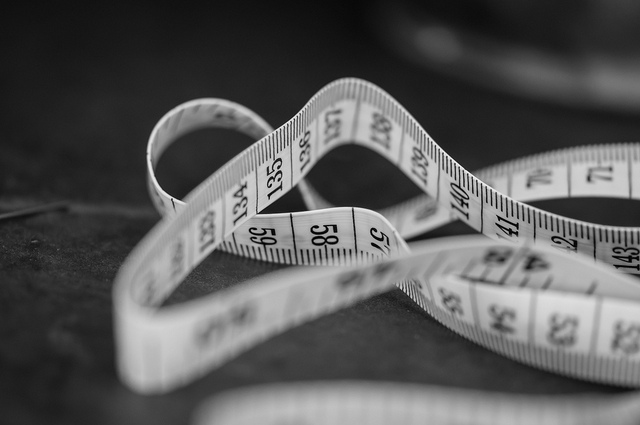Over the last few years, we’ve seen dozens of startups tackling the problem of fit in women’s apparel.* Whether it’s creating a better/custom fit or understanding how a product will fit the shopper, it’s a big space. And no wonder as poor fit is one of the biggest causes of online apparel returns (on average, the return rate in women’s apparel ranges between 30-40%). Since online returns are costly for both retailers and brands, there is a big opportunity here.
Fit Technologies
Fit tech startups are attacking the problem in a variety of ways. Here are a few examples of some of them:
- Body scanning paired with product recommendations to create a perfect fit (Body Labs, TriMirror, Dress Code)
- Crowdsourcing fit information so that shoppers make better selections (Ribbon, Fitting Room Social)
- Surveying/asking for measurements a customer before shopping to understand their fit/size preferences (Perfitly, True Fit, Eye Fit U, Fits.me, Thread Counsel)
- Creating images/3D avatars of the shopper to virtually “try on” clothing (Fitbay, Zeekit, MeTail)
- Taking a shopper’s body measurements to creating completely custom apparel (Cala, Dress Mavens)
- And many more…
Barriers to Fit Tech
But for all its promise, solving the women’s wear fit issue is a really tough nut to crack. There are too many barriers to list here, not the least of which is that designers create sizes based on their own fit models (and sometimes change them on a seasonal basis!) so even if you know the shopper’s exact measurements, it’s still really hard to match that to a size.
But one of the biggest barriers I see is that most of these fit solutions require shopper behavior to change, and in some cases, to change dramatically. And that causes friction in the user experience. For example, scanning your body before you get a product recommendation is not easy and requires a scanner to be nearby. Taking measurements is difficult, and can be a lengthy process. Filling out a long survey before shopping is annoying. All of these are barriers to shopping online, and put the onus on shoppers, instead of solving the problem on the back end, which likely lowers conversion.
The Future of Fit Tech
What does that mean for fit tech going forward? My guess is that body scanning and taking shopper measurements isn’t going to be the answer. Maybe it will be something that is simple as snapping a selfie. Or using machine learning to understand your fit preference over time. Or something completely new. I haven’t seen the winning solution in fit tech yet, but I’m looking for it.
*Interestingly, fit seems like a slightly easier problem to solve in menswear, for a variety of reasons. First, you don’t have one-piece garments like dresses that have to fit properly all over the body. Two, styles aren’t as varied, as men’s clothing is more of a “uniform” than women’s. Three, men’s clothing has historically been based on measurements (inseam, neck size, sleeve length), so men are more familiar with measuring themselves and knowing their measurements. So custom and semi-custom brands like Indochino, Threadlab and Stantt seem to work better in this space, and technologies like ClothesHorse and Fittery have seen some traction.
